All products featured are independently chosen by us. However, SoundGuys may receive a commission on orders placed through its retail links. See our ethics statement.
CMF Headphone Pro vs Nothing Headphone (1): Which Nothing headphone does it better?
October 31, 2025
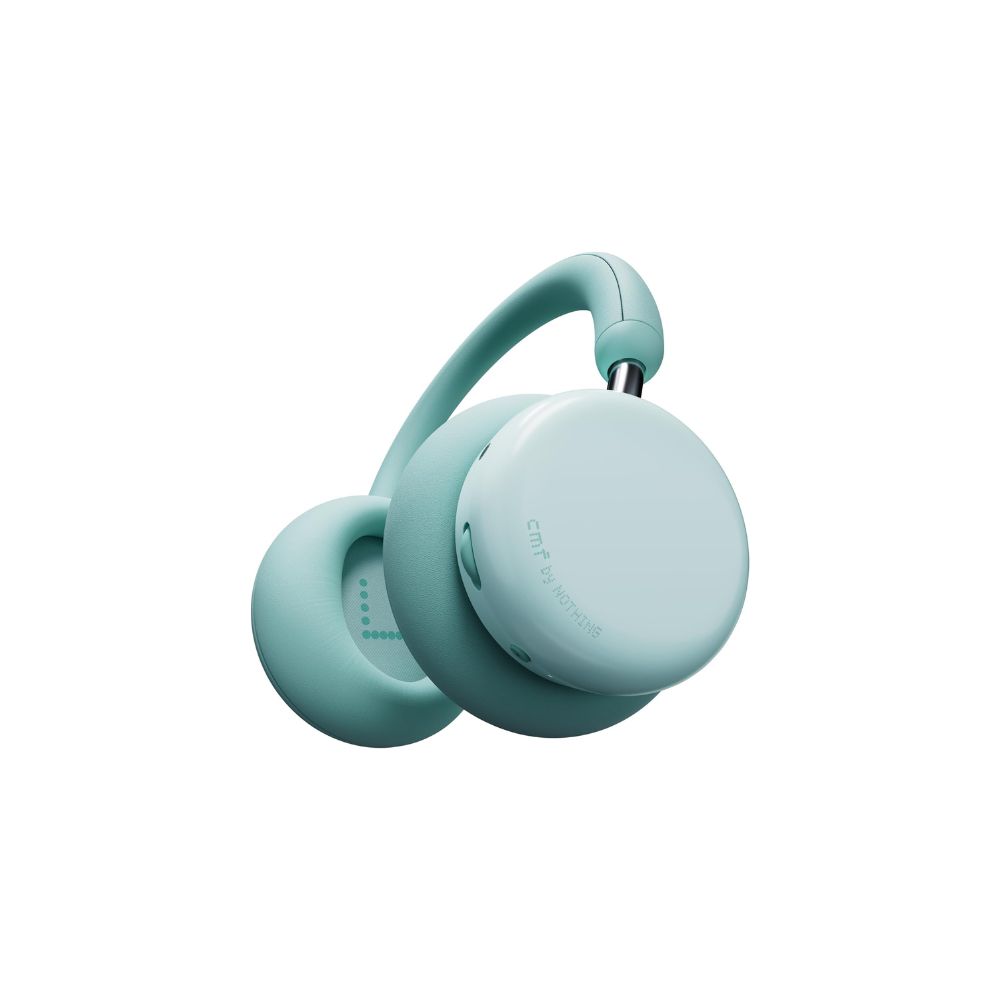


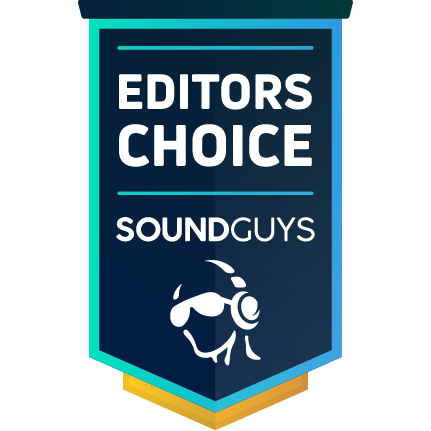
Both Nothing and their sub-brand CMFs’ first over-ear headphones aim for the same commuter headspace but take very different routes, with a $200 difference. One offers advanced features in a flashy, retro-futuristic design, while the other packs the essentials into a colorful and modular package. After testing both, I think it boils down to budget and how much control you want over your sound. Here’s how they stack up across the stuff that matters.
This article was originally published on TKTK and this is the first version.
What’s it like to use the CMF Headphone Pro compared to the Nothing Headphone (1)?
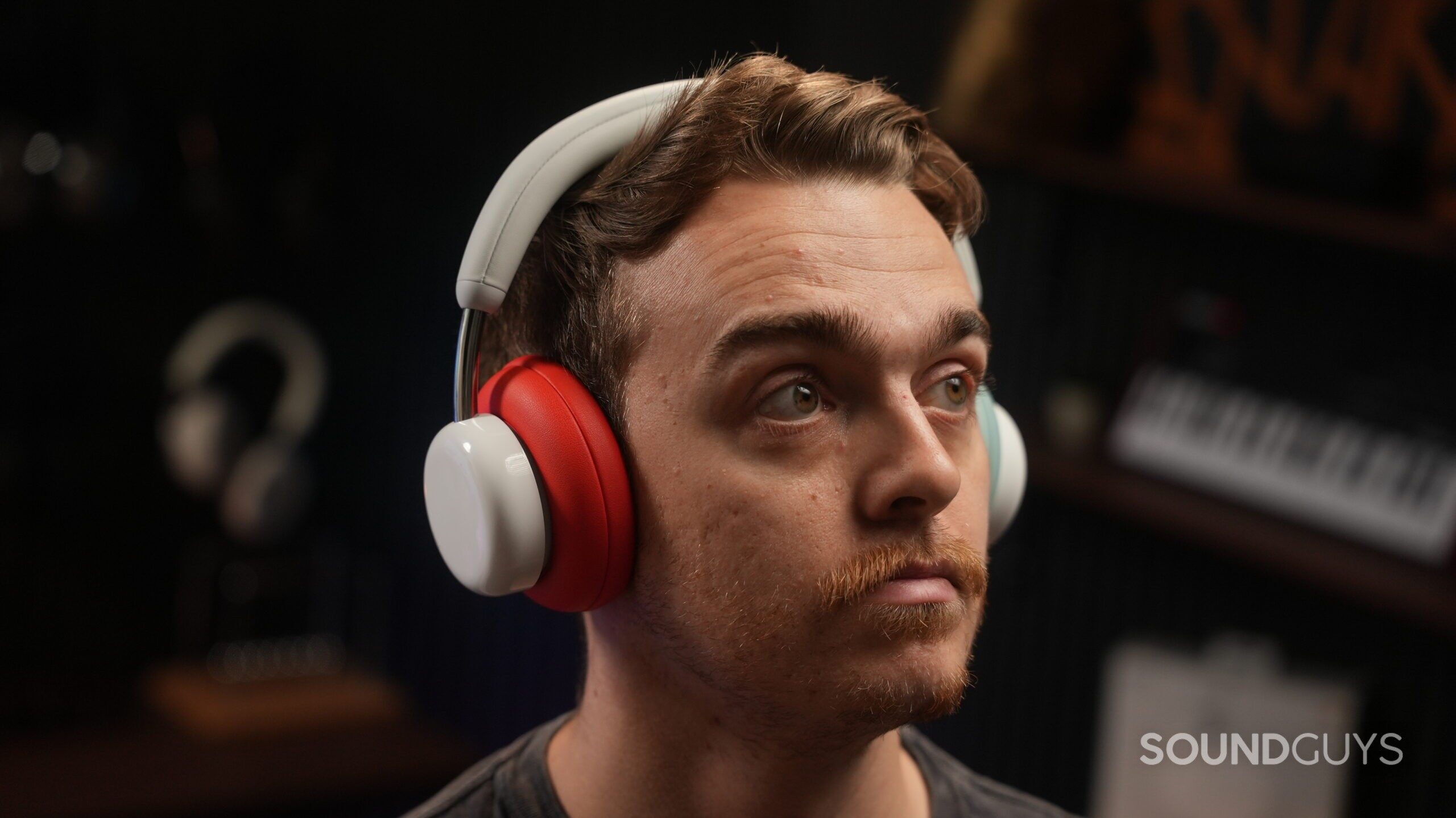
The CMF Headphone Pro has a playful look with a toy-like design and feel. The modular, swappable cushions allow for some stylistic customization, but they are a bit expensive at $25 per extra pair, and they are easy to mis-attach if you’re not careful. Still, the large, plush earcups create a good seal, and the headphones rotate flat for storage.
The all-plastic build is lightweight but not overly comfortable, with the headband padding being too stiff for longer sessions. Additionally, the clustered, tiny controls can make it difficult to find buttons by touch alone. With just IPX2, I treat them as indoor cans that can shrug off light rain, but I wouldn’t trust them at the gym.
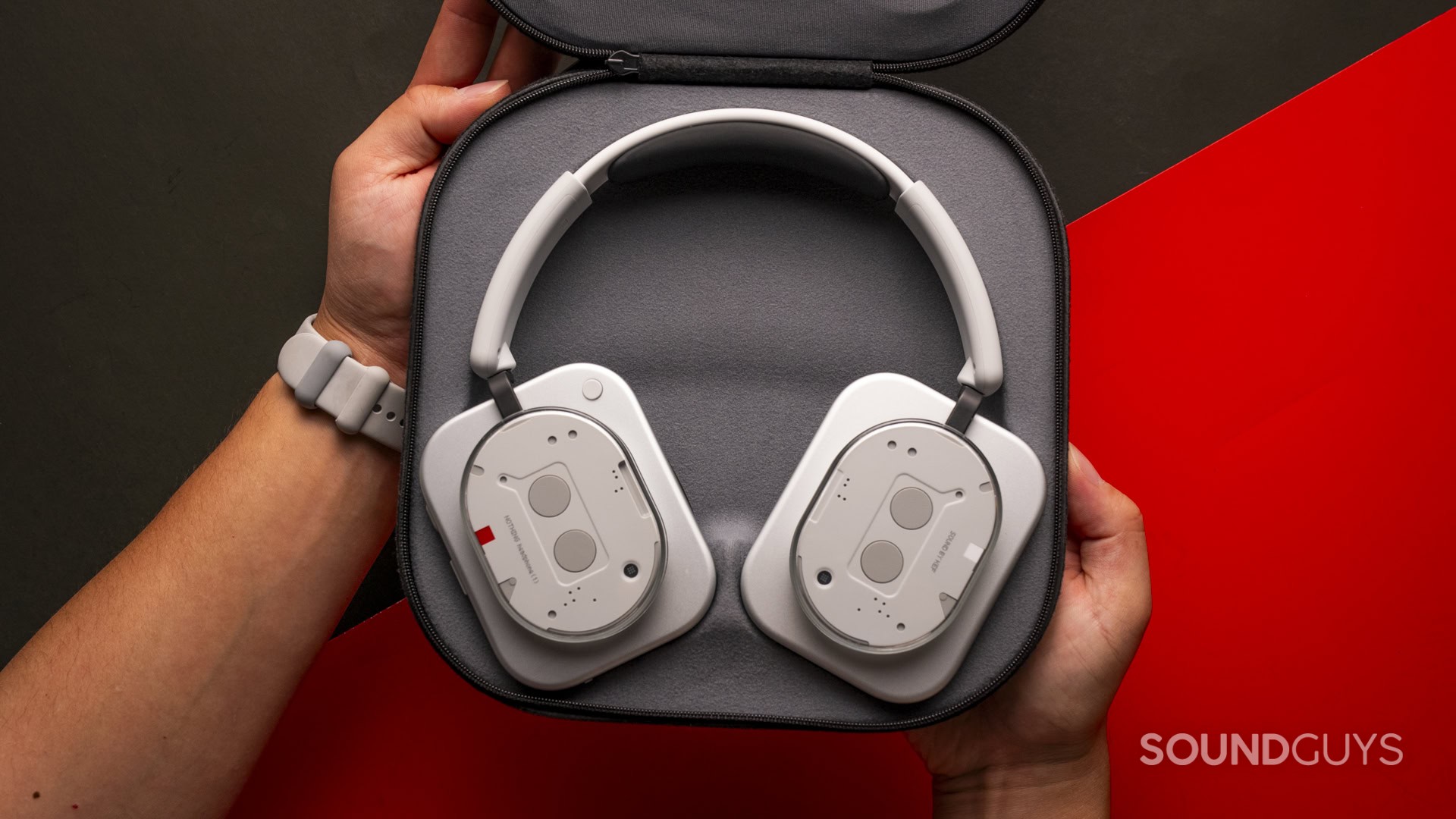
The Nothing Headphone (1) are the opposite vibe: premium, weighty, and distinctive. The aluminum-and-transparent aesthetic turns heads, and the memory foam pads, along with a well-cushioned headband, let me wear them for hours without experiencing hotspots. Physical controls are a highlight: a tactile volume roller, a clever track-scrubbing paddle, and a customizable multifunction button make everyday use a pleasure. They also rotate flat, include a zippered softshell case for more secure transportation, and carry an IP52 rating, which will hold up better at the gym.
Do the CMF Headphone Pro or Nothing Headphone (1) have more features?
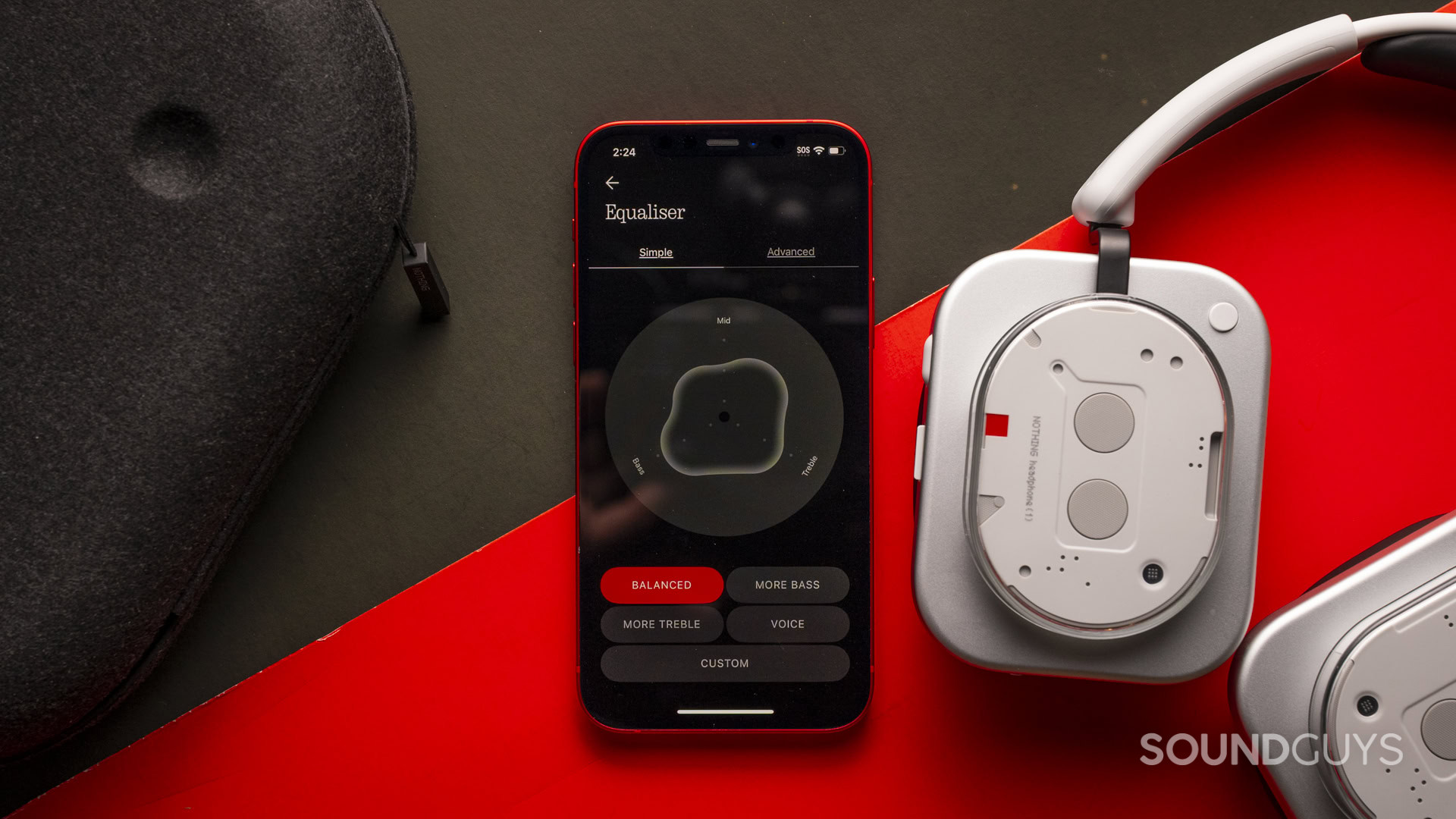
CMF keeps things simple in the Nothing X app: ANC controls, a tri-band EQ, the Energy Slider (assignable to bass or treble), spatial audio modes (Concert/Cinema), and Personal Sound hearing profiling from Audiodo. Concert mode increases width and vocal presence but can get fatiguing; Cinema mode adds depth and reverberance, sometimes at the expense of clarity. The Energy Slider is more gimmick than tool—it boosts loudness in a band but doesn’t truly fix tonal balance.
Nothing goes deep on features. The 8-band parametric EQ lets me adjust both frequency and Q for targeted fixes, backed by a 5-level bass enhancer, shareable QR code presets, and a simpler tri-band if you want quick tweaks. Spatial audio with head tracking works best for movies and games, and the app now supports Personal Sound on Headphone (1) too. There’s also a low-latency gaming mode and a few Nothing-phone exclusives (like Channel Hop) if you’re in that ecosystem.
How do the CMF Headphone Pro and Nothing Headphone (1) connect?
CMF uses Bluetooth 5.4 with SBC, AAC, and LDAC, plus multipoint, Google Fast Pair, and Microsoft Swift Pair. USB-C is for charging only (no USB audio), but there’s a 3.5mm jack for wired listening.
Nothing uses Bluetooth 5.3 with SBC, AAC, and LDAC, dual-device connections, Fast Pair/Swift Pair, and adds both USB-C audio and a 3.5mm jack. If you want digital wired audio from modern phones/laptops without a dongle DAC, the Headphone (1) is the more flexible choice.
Is battery life better on the CMF Headphone Pro or Nothing Headphone (1)?
Our tests put them neck-and-neck with ANC on: the CMF Headphone Pro last 43 hours 9 minutes, while the Nothing Headphone (1) reach 42 hours 53 minutes. CMF claims up to 100 hours with ANC off; Nothing rates up to 80 hours. Both fast-charge impressively—CMF’s 5 minutes gets you several hours, and Nothing quotes 5 hours (ANC off) from a 5-minute top-up. Both charge over USB-C.
Do the CMF Headphone Pro or Nothing Headphone (1) block noise better?
Loading chart ...
Both headphones have good noise canceling performance. The CMF Headphone Pro achieves an average 81% attenuation with ANC on, while the Nothing Headphone (1) reduces the loudness of outside noise by an average of 85%.
Looking at the chart, the CMF Headphones block up to 30dB of bass for engine rumble and 40dB or more at higher frequencies. The Nothing Headphones peak at 52dB in higher frequencies while blocking 20–30dB in the mids to reduce chatter. The ANC mics can struggle with heavy wind, but overall noise control is more even and a touch more effective than CMF’s.
Transparency modes on both are sufficient to hear nearby voices and street noise clearly, even if my own voice sounds a bit boomy.
Do the CMF Headphone Pro sound better than the Nothing Headphone (1)?
The CMF Headphone Pro sound good for $99, with enjoyable bass strength and solid perceived width. I prefer the default tuning over cranking the Energy Slider; pushing bass makes things boomy and reduces punch, attack, and bass precision at higher volumes. I also hear a lack of brilliance, which can make treble details feel muffled.
The Nothing Headphone (1) sound dark out of the box, with subdued treble and weak midrange strength around 200–500Hz, but they respond very well to the advanced EQ—once tuned, vocal presence, treble strength, and overall balance snap into place while preserving that impressive width and spatial depth.
Objective Measurements
Loading chart ...
Comparing the default measurements of both headphones, the Nothing Headphone (1) is underemphasized across the board compared to the CMF Headphone Pro, with our house curve sitting between the two through the lows and mids, but above both in the highs. The key differentiator is control: CMF’s tri-band EQ can’t surgically fix these quirks, while Nothing’s 8-band parametric EQ (with Q control) lets me target the mids and highs precisely to restore balance.
Do the CMF Headphone Pro or Nothing Headphone (1) have a better microphone?
CMF’s mic is fine for casual calls in quiet spots. Noise rejection is fairly good, but I noticed pops and crackles, and voices don’t sound especially natural—intelligibility is the win here. Nothing’s mic system is stronger overall: speech stays clean and intelligible, and it suppresses steady noises like wind, traffic rumble, and fans effectively. In reverberant rooms, voices can sound a bit hollow, but for office/outdoor use, I’d pick Nothing for reliability.
CMF Headphone Pro microphone demo (Ideal conditions):
Nothing Headphone (1) microphone demo (Ideal conditions):
CMF Headphone Pro microphone demo (Street conditions):
Nothing Headphone (1) microphone demo (Street conditions):
Which microphone sounds better to you?
CMF Headphone Pro vs Nothing Headphone (1): Price and availability
The CMF Headphone Pro launched on September 29, 2025, at $84 at Nothing. The Nothing Headphone (1) launched July 1, 2025, at $299.99 at Amazon. That $200 gap is the context for every comparison above.
Should you get the CMF Headphone Pro or the Nothing Headphone (1)?
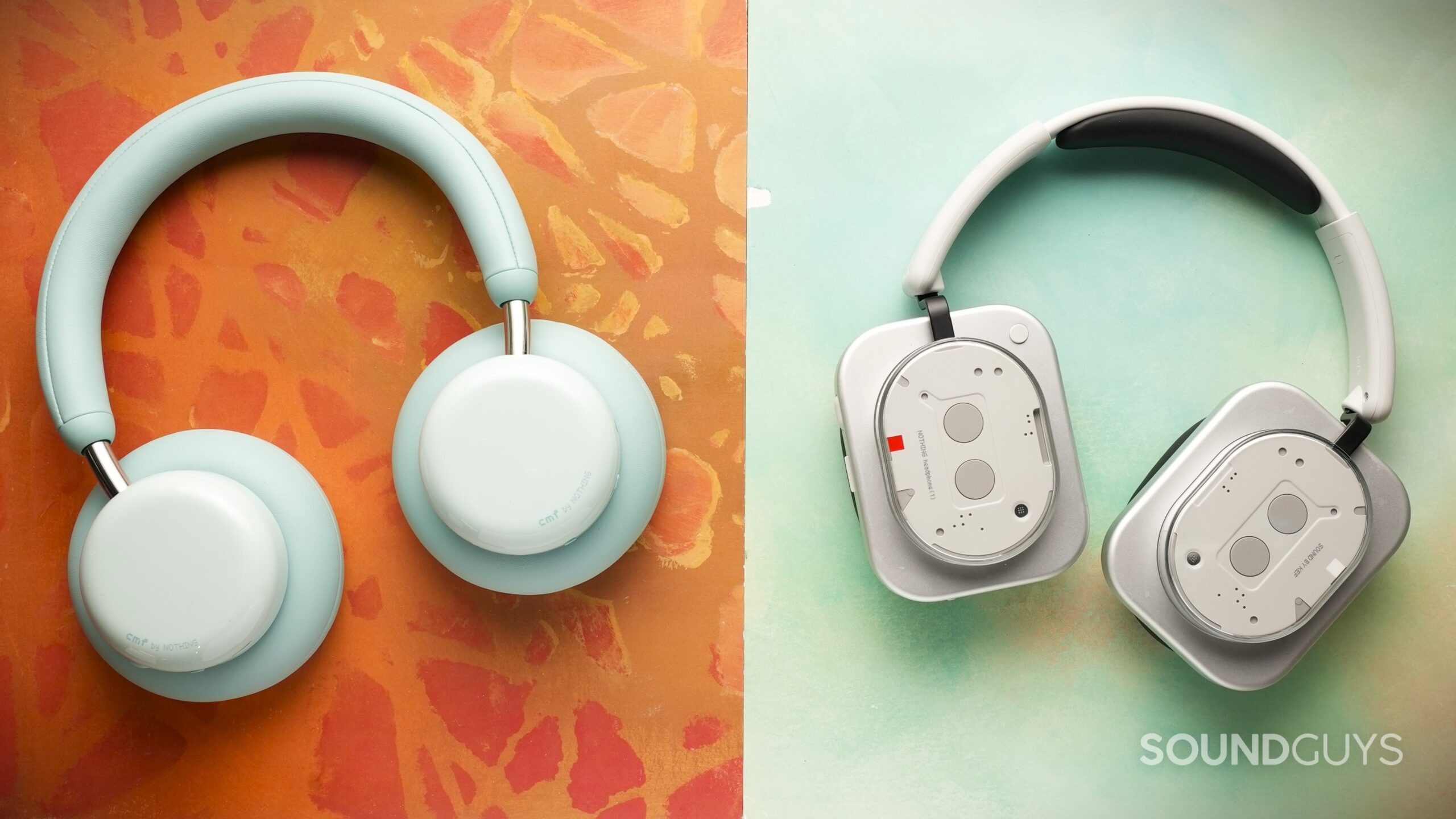
If you want maximum value, long battery life, LDAC, and solid ANC for under $100, the CMF Headphone Pro delivers. Just know you’re trading down on build quality, headband comfort, water resistance, and meaningful EQ control, and the Energy Slider won’t “fix” the sound.
If you want a premium build, better isolation and overall attenuation, IP52 for the gym or rain, truly excellent physical controls, and a best-in-class app with parametric EQ (plus USB-C audio), the Nothing Headphone (1) justifies the $299 price. Their default sound is dark, but the included tools (and Personal Sound) make it easy to dial in a more natural balance that aligns with our target. For tinkerers and frequent travelers, Nothing is the safer long-term bet; for budget-minded listeners who prioritize battery and ANC per dollar, CMF makes a compelling case.
Which headphone would you buy?
Thank you for being part of our community. Read our Comment Policy before posting.